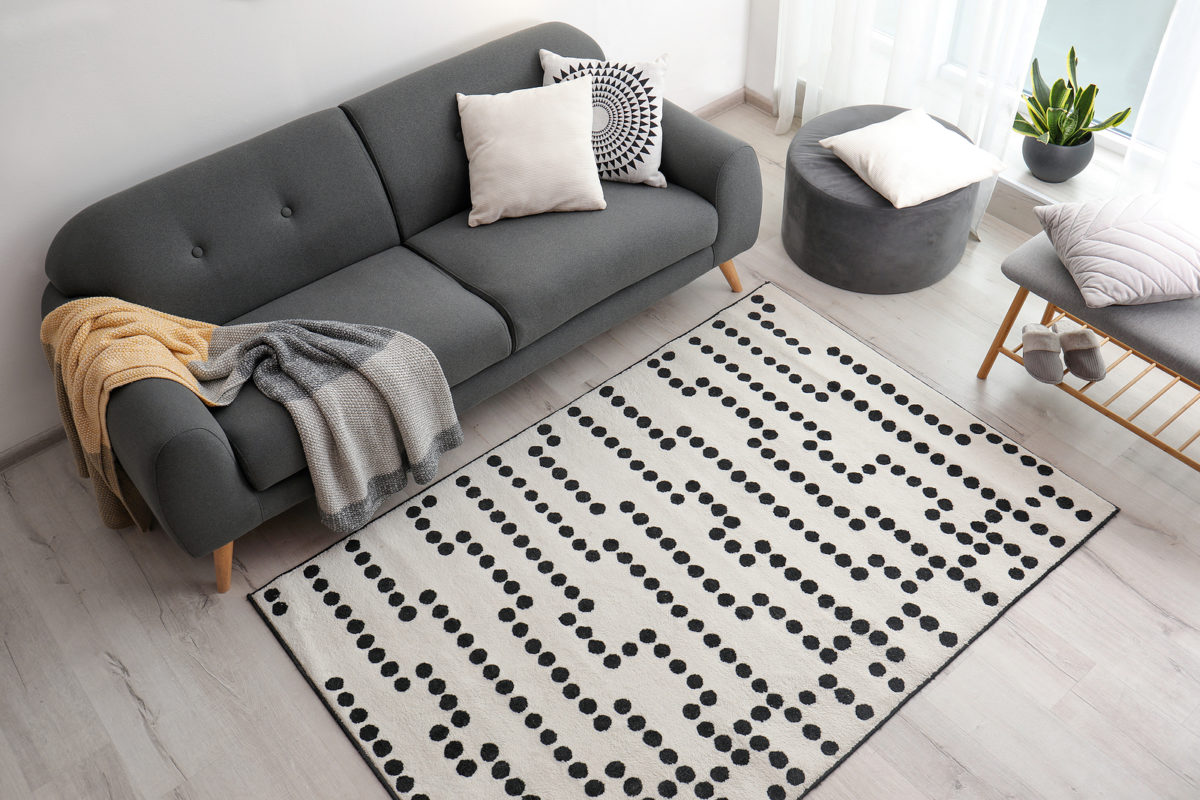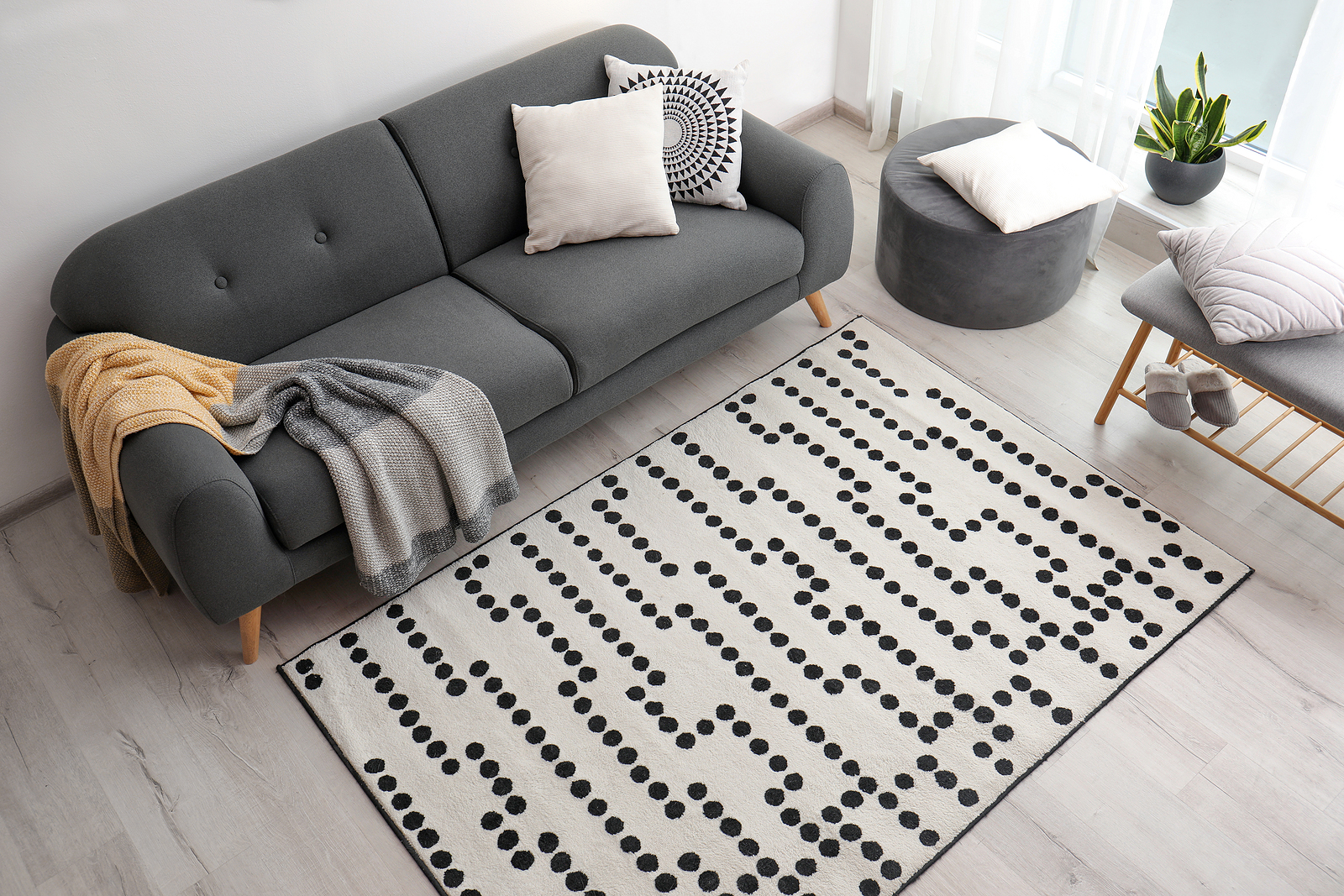The latest housing market statistics show continued good news for home sellers. The nationwide median sale price in March increased 13.5% from March 2021 to a record-breaking $405,000 (Monthly Housing Trends Report).
During this time period, sellers, on average, received 1.4% over the asking price for their homes. In fact, nearly half of all sold homes were purchased for more than the asking price.
Despite this, homeowners, by and large, are still not putting their homes on the market. To add to a homebuyer’s woes, new home construction is at a standstill for many builders.
“… supply chain disruptions from the pandemic have meant garage doors are on back order, floor tiles keep getting discontinued mid-construction, and appliances are marooned aboard waylaid shipping vessels,” according to Alicia Wallace at KCRA.com.
There has rarely been such an ideal time to sell a home. You’ll have little competition and will enjoy record high prices.
But, it won’t last forever.
Mortgage rates are rising
The Fed warned us that interest rate hikes were coming and they came through on the promise. We can expect a total of “… seven quarter-of-a-percentage-point interest rate hikes this year,” according to Ann Sipher, (citing Chicago Federal Reserve President Charles Evans) at Reuters.com.
He adds a caveat, however: because the economy is facing uncertainty, he reserves the right to change his mind.
With every hike in mortgage rates, home buying becomes more expensive, so a number of homebuyers are knocked out of the market. When fewer people are fueling the demand for homes, prices soften.
We’re hearing, in fact, that some housing market experts are predicting that the housing market nationwide will cool as we near the end of 2022.
“The higher rates and prices go in 2022, … the more buyer pushback we should see next year,” Devyn Bachman with US housing industry research and consulting service John Burns predicts at fortune.com.
Are you willing to take a chance that you will get less for your home in the future than you will if you sell now?
“Better three hours too soon than a minute too late”
No, William Shakespeare wasn’t referring to the real estate market when he wrote those words in 1602 (The Merry Wives of Windsor). But the importance of not procrastinating certainly fits our discussion.
Trying to time the market – waiting on the sidelines for the right time to jump into the local housing market to sell your home – isn’t a wise move. Here’s why:
All markets are cyclical, including the housing market
You can watch all the economic indicators available and still be getting only part of the story.
And, since none of us has a crystal ball, the odds are good that your home is worth more now than it may be down the line
According to the researchers at CoreLogic, “In the fourth quarter of 2021, the average homeowner gained approximately $55,300 in equity during the past year.”
Think about this. That is a substantial rise in equity and it could help make the transition into your next home a lot more comfortable.
For instance, that equity will help you pay a larger down payment on your next home, which could mitigate the effects of a higher interest rate on your mortgage.
We’re happy to put you in touch with a trusted lender to help you crunch the numbers and to offer a complimentary, no-obligation analysis of your home’s current market value.



















